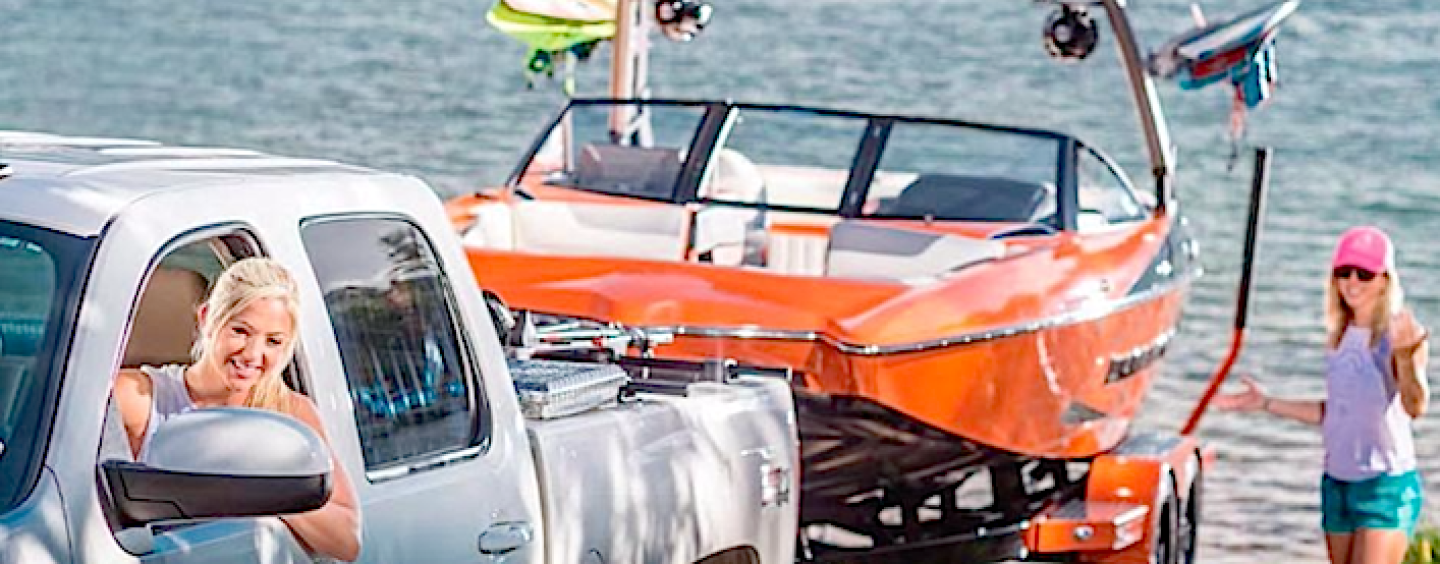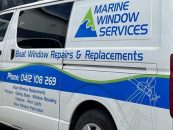HOW TO TOW A TRAILER BOAT
First of all, and obviously, you need to ensure your trailer and boat are registered and appropriately insured.
Secondly, It is very important to make full safety inspections and secure your boat for transport before hitting the road.
Trailer and vehicle checks
Before hitching up a trailer, it is necessary to check its maximum load capacity and what weight your vehicle can legally tow. Follow the manufacturer’s guidelines for the vehicle’s towing capacities.
There are a number of safety checks you should make before each trip.
-Make sure the tow vehicle and the trailer are properly connected. Align the hitch and ball, then lower the trailer hitch down over the ball.
-Ensure the latch is closed and the safety pin is inserted properly. Never tow without the safety pin.
-Make sure the safety chains are crossed and attached between the trailer and the tow vehicle.
-Check all lights—brake lights, blinkers and running lights—are working properly.
-Make sure the wheel bearings are properly lubricated to avoid overheating during the drive.
-Check the pressure of all the tyres to be sure they are properly inflated.
-Make sure the towing vehicle is properly maintained. The brakes, tyres, wheel bearings should all be checked for wear and tear and operational soundness. The mirrors should be large enough to give a full view of the rear of the trailer.
Boat check and other gear
Once the trailer and the tow vehicle are checked and determined to be in good working condition, turn your focus on the boat and any gear you will be towing for transport.
Before driving, ensure the following:
-Check that the boat is properly secured and seated on the trailer, as unevenness can cause problems with weight distribution.
-Check that the outboard engine is properly secured for trailering.
-Make sure any gear in the boat is stored or attached securely to avoid blowing away while driving.
-No one should ride in the boat or on the trailer during transport.
-Ensure all doors, hatches, covers and any load or equipment are properly secured.
-Limit the mass of the load carried in the boot or luggage space of the towing vehicle.
When driving while towing the boat, it is necessary to allow greater distance for both overtaking and braking. And when TURNING while towing a trailer, the turn has to be made wider to avoid clipping a curb or other obstructions.
Backing a trailer is also challenge. Many people confuse and turn the wrong way. To solve this problem, here’s a tip: Place your hand on the bottom of the steering wheel. When your hand moves left or right, the trailer will go in the same direction.
HOW TO LAUNCH A BOAT
Once you arrive at the boat ramp, pull out of the way of ramp traffic and prepare the boat for safe launching. Park the vehicle in a designated area and trailer first and conduct the pre-launch checks while parked.
Pre-launch preparations
-Install the drain plug (bungs) in the boat. This is very important, so double and triple check to make sure the bungs are in.
-Remove the trailer tie down, straps and engine support.
-Load all of your gear into the boat.
-Disconnect trailer lights from the tow vehicle if you use a portable light board.
-Make sure the winch is properly connected to the bow eye of the boat.
-Leave safety chain connected
-Prepare mooring lines, fenders and boat hook for immediate use.
The launch
-Back the trailer slowly down the boat ramp to get the boat into the water.
-Make sure to back down far enough on the ramp towards the water to avoid the boat ‘dropping off’.
-Once the trailer is at the right position, stop the tow vehicle. Make sure to set the parking brake before alighting the vehicle.
-Disengage the holding lock on the winch. With your hand on the winch handle, slowly release the tension on the strap/wire and let the boat slowly slide from the trailer and into the water. If your trailer uses skids instead of rollers, you will need to reverse a slight distance more to ‘help’ the boat get off the trailer.
-Once the boat is completely off the trailer, either beach the boat or tie it to the dock with the bowline.
-Drive your vehicle away from the ramp, and park the vehicle in a designated parking area.
It is helpful to have two people to launch or load the boat. Communication between the vehicle driver and the boat driver at all times during launching procedure will make launching safer. Ensure that the tow vehicle windows are down and stereos are off to hear each other. If there are multiple ramps at the facility, use hand-signal communication with each other. This will avoid confusion if it becomes too noisy at the ramps.
It is always a good idea to know the condition of the boat ramp before you drive your vehicle and trailer on to it. Check the type of the ramp, whether it is made of concrete, covered in gravel or sand, and determine how steep the ramp inclines. It will help you to safely launch the boat. For example, a slippery ramp can make the trailer and tow vehicle slide further into the water. In coastal areas, the tides may impact a ramp condition.
By Capt. Michael Paddison



























